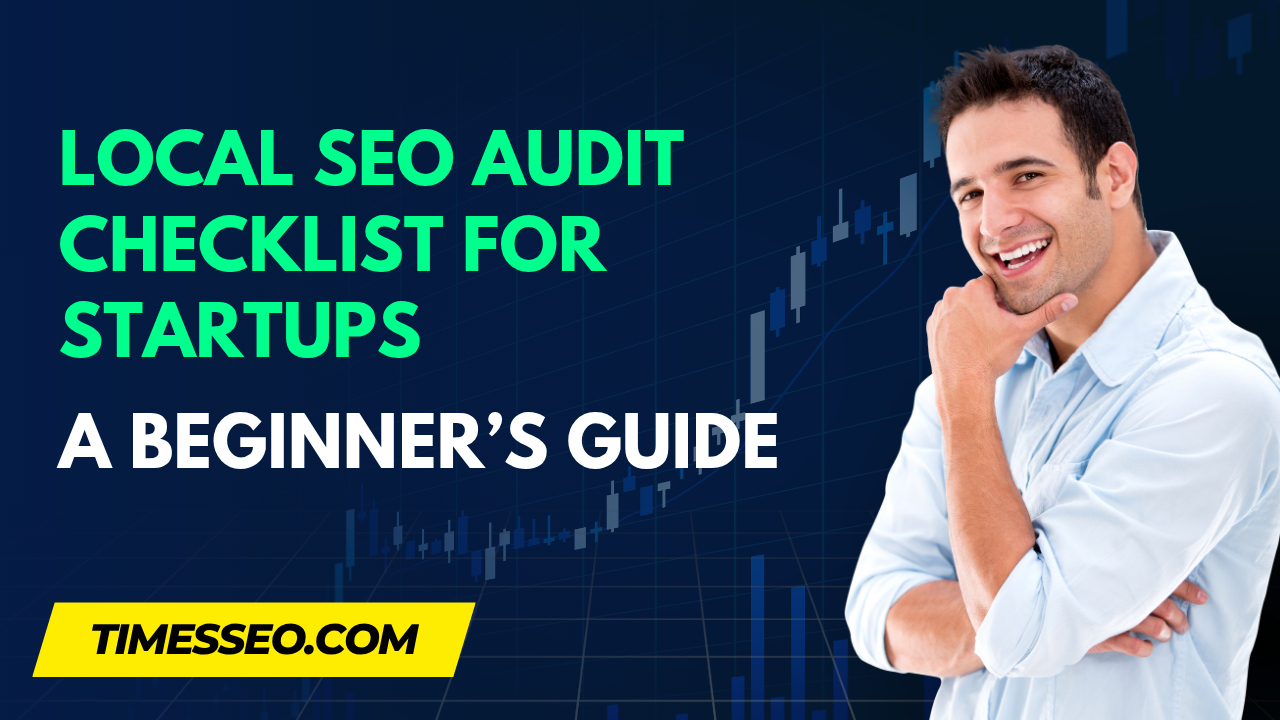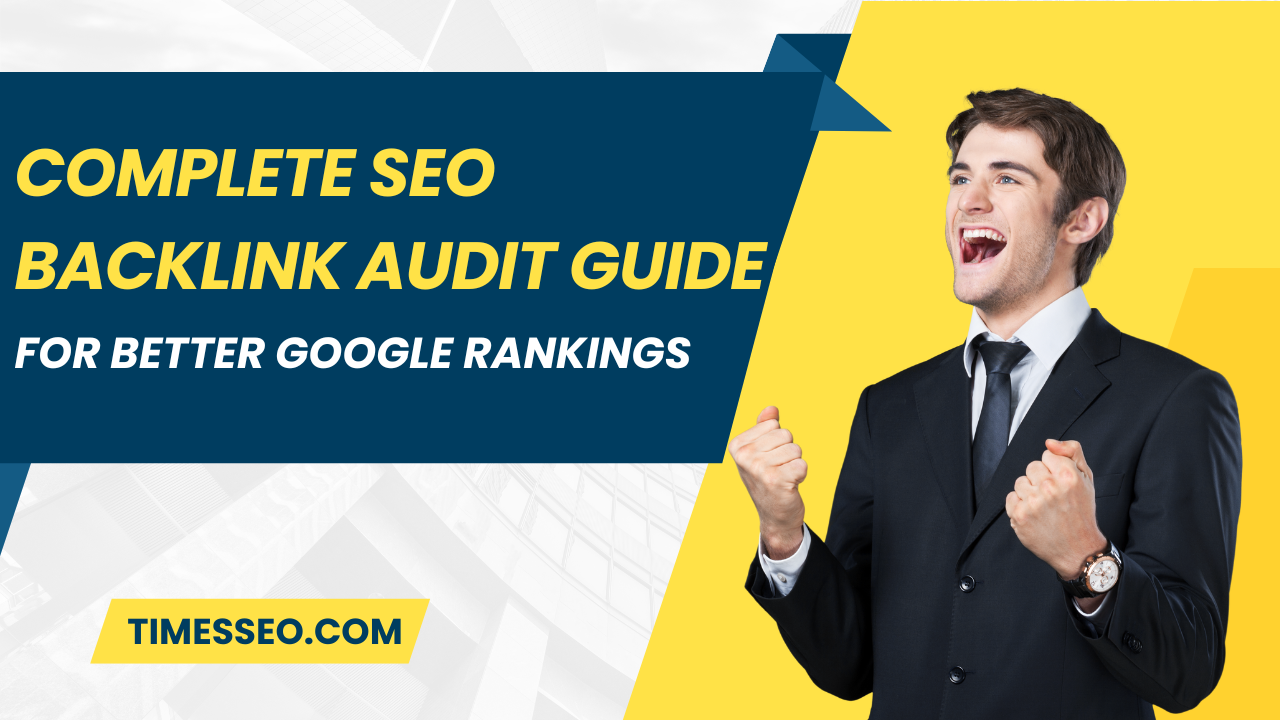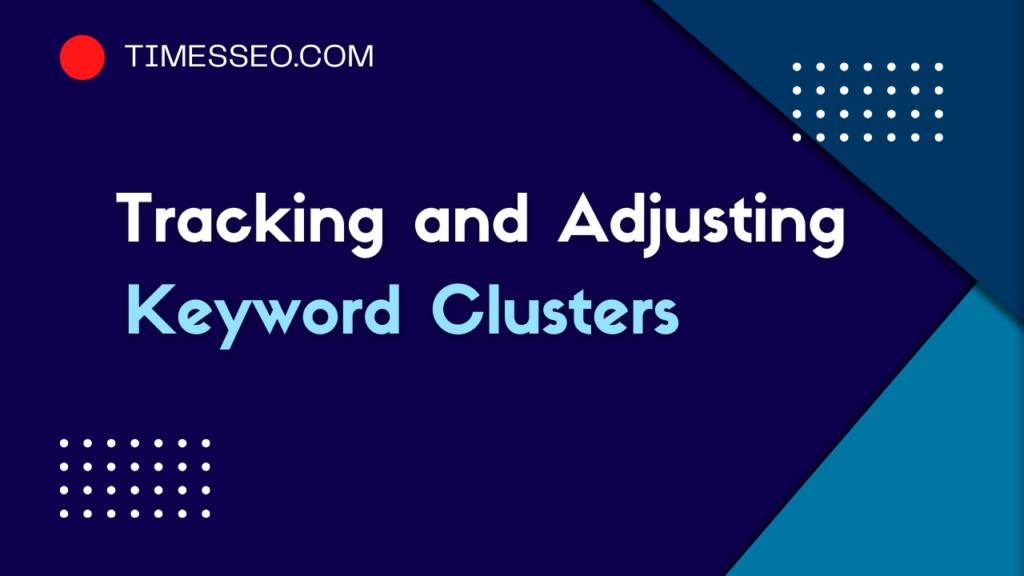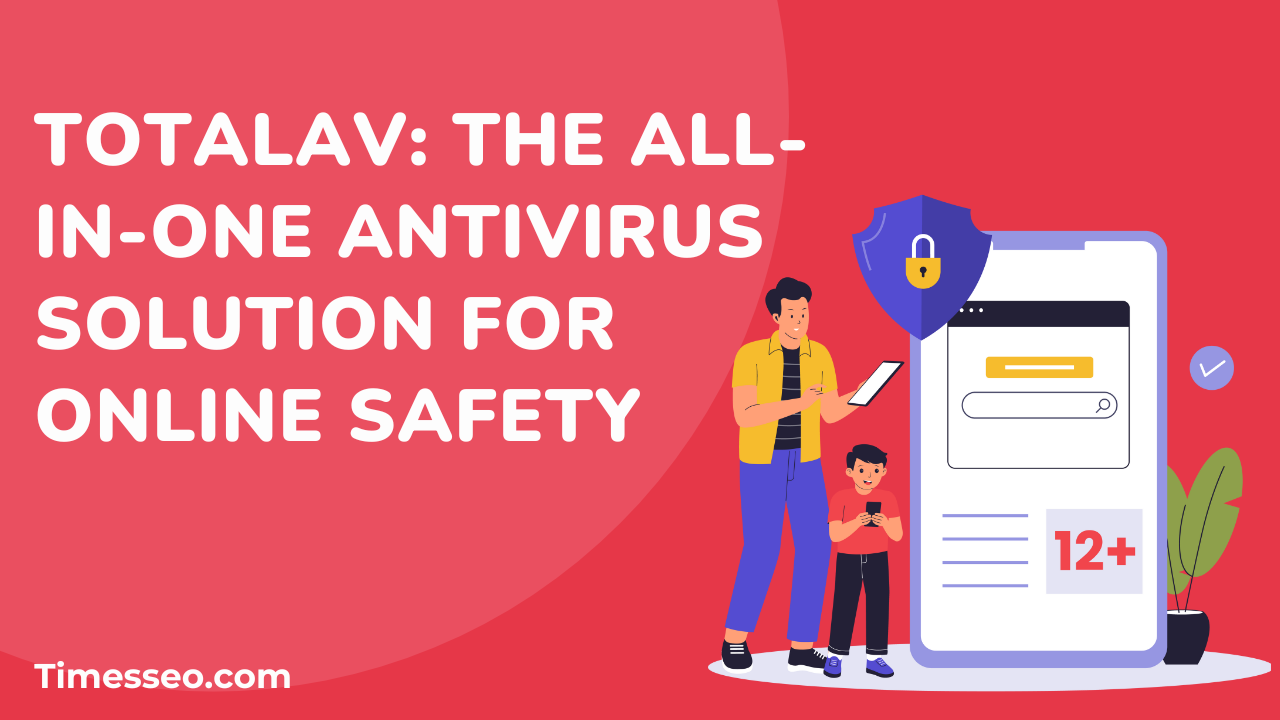
Keyword Clustering Strategy for eCommerce SEO
Discover how to boost your online store’s rankings with an effective keyword clustering strategy. This blog post breaks down step-by-step techniques to group keywords by intent, optimize product and category pages, and improve SEO performance for eCommerce websites.
Table of Contents
Introduction
What is Keyword Clustering?
Keyword clustering is like organizing your messy closet — instead of tossing everything into one bin, you sort similar items together. In SEO, it means grouping keywords with similar meanings or search intents into clusters. This allows you to target multiple related terms through one optimized page rather than spreading yourself thin across multiple pieces of content.
Why It Matters for eCommerce?
For eCommerce sites with hundreds (or thousands) of product and category pages, keyword clustering keeps your content streamlined, targeted, and structured. It boosts rankings and makes sure you’re not accidentally competing with yourself in the SERPs.
The SEO Power Behind Keyword Clustering
Preventing Keyword Cannibalization
You don’t want five of your pages all fighting for “best running shoes for men.” Clustering helps you assign each keyword to the right page, so Google doesn’t get confused and your content performs better.
Enhancing Topical Relevance
Clustering improves semantic SEO. It shows Google that your website understands a topic thoroughly, improving topical authority in your niche.
Boosting Content Structure and Internal Linking
By grouping content around keyword clusters, you naturally build a logical internal link structure between product, category, and blog pages. That’s gold for both SEO and user experience.
Understanding Keyword Intent in eCommerce
Informational vs. Transactional Keywords
- Informational: “How to choose the right headphones”
- Transactional: “Buy wireless headphones online”
Knowing the difference helps you align keywords with the correct content type.
Navigational and Commercial Investigation Queries
- Navigational: “Nike official site”
- Commercial: “Best Nike shoes under $100”
These should be addressed in your homepage, brand pages, or comparison blog content.
Step-by-Step Keyword Clustering Process
Step 1 – Keyword Research and Data Collection
Start by gathering keywords using tools like:
- Ahrefs
- SEMrush
- Google Keyword Planner
- Ubersuggest
- Amazon and competitor sites
Export data including volume, difficulty, and CPC.
Step 2 – Identify Search Intent
Use Google SERPs to determine what people are actually looking for. Are top results blogs, product pages, or category pages? That tells you the content type you need.
Step 3 – Analyze SERPs and Keyword Overlap
Find keywords where the same URLs are ranking. Three to five keywords should be in the same cluster if they return the same top pages.
Step 4 – Group Keywords by Similar Intent
Cluster them like this:
- Cluster A: running footwear, top running footwear, and purchasing running footwear
- Cluster B: the finest supportive running shoes for people with flat feet
Step 5 – Assign Clusters to Content Types
- Product page = long-tail transactional keywords
- Category page = high-volume commercial keywords
- Blog = informational or comparison-based queries
Implementing Clusters into Your eCommerce Website
Optimizing Product Pages
Target specific product-focused clusters:
- Primary keyword in title, H1, meta
- Related terms in H2s and FAQs
- Alt tags, schema markup
Enhancing Category Pages
Use broader keywords like:
- “Men’s running shoes”
- “Best trail running shoes”
Include optimized H2s and internal links to product pages.
Creating Supporting Blog Content
Use blogs to:
- Answer FAQs
- Do product comparisons
- Attract backlinks
- Support the main category and product pages via internal links
Tools That Simplify Keyword Clustering
Free and Paid SEO Tools
- Ahrefs – Keyword Explorer + SERP Similarity
- Keyword Insights – AI-powered clustering
- LowFruits – Great for long-tail opportunities
- Google Sheets – Manual sorting and mapping
Manual vs. AI-Assisted Clustering
Manual gives you control. AI saves time. Try a hybrid approach for best results — cluster with AI, validate manually.
Real-World eCommerce Keyword Cluster Example
Use Case: Online Footwear Store
Let’s say you sell sports shoes.
Cluster 1: Category Page
- best running shoes
- trail running shoes
- men’s athletic shoes
Cluster 2: Product Page
- Nike Air Zoom Pegasus
- Pegasus 39 review
- buy Nike Pegasus online
Cluster 3: Blog Content
- How to choose running shoes for beginners
- Trail vs road running shoes
- Best shoes for overpronation
Each cluster serves a different purpose but is connected — that’s the beauty of clustering.
Tracking and Adjusting Keyword Clusters
Using Google Search Console and Rank Tracking
Monitor performance by page and by keyword group. Check:
- Clicks
- Impressions
- Rankings over time
When and How to Update Clusters
- Recheck search intent quarterly
- Merge or split clusters based on ranking patterns
- Add seasonal or trending keywords
Benefits of Keyword Clustering in eCommerce
Higher Rankings and Better UX
More relevant content = more engaged visitors = better rankings.
Faster Content Production and SEO Efficiency
Cluster once, and you’ll never write random blog posts again.
Common Mistakes to Avoid
Overstuffing Keywords
Keyword clusters ≠ keyword stuffing. Use naturally and strategically.
Ignoring Intent or Volume
Just because two keywords are similar doesn’t mean they belong together. Always check the SERPs.
Conclusion
If you’re running an eCommerce store, keyword clustering isn’t just helpful—it’s essential. It streamlines your content, aligns with user intent, improves rankings, and boosts conversions. Instead of targeting one keyword per page, you’re building content hubs that dominate your niche.
Frequently Asked Questions
Every 3–6 months or when there's a major shift in search trends or product focus.
Only if it fits different intents. Otherwise, avoid duplication to prevent cannibalization.
Clustering groups keywords by similarity. Mapping assigns those clusters to specific pages.
It’s the next evolution. Traditional keyword research is about finding terms. Clustering is about strategic execution.
They help, but a manual approach using Google Sheets and SERPs can also be very effective.
Table of Contents
Popular Posts
-
 Affordable Technical SEO Audit for Small Business: A Complete Guide26 Jun 2025 Blog
Affordable Technical SEO Audit for Small Business: A Complete Guide26 Jun 2025 Blog -
 How to Get an Affordable Technical SEO Audit for Small Business27 Jun 2025 Blog
How to Get an Affordable Technical SEO Audit for Small Business27 Jun 2025 Blog -
 The Ultimate Local SEO Audit Checklist for Startups28 Jun 2025 Blog
The Ultimate Local SEO Audit Checklist for Startups28 Jun 2025 Blog -
 Local SEO Audit Checklist for Startups: A Beginner’s Guide28 Jun 2025 Blog
Local SEO Audit Checklist for Startups: A Beginner’s Guide28 Jun 2025 Blog -
 Top On-Page SEO Audit Steps for Service Websites Every Business Should Know29 Jun 2025 Blog
Top On-Page SEO Audit Steps for Service Websites Every Business Should Know29 Jun 2025 Blog -
 Technical SEO for WordPress: The Ultimate Beginner’s Guide01 Jul 2025 Blog
Technical SEO for WordPress: The Ultimate Beginner’s Guide01 Jul 2025 Blog -
 The Impact of On-Page SEO Audit Steps for Service Websites on UX01 Jul 2025 Blog
The Impact of On-Page SEO Audit Steps for Service Websites on UX01 Jul 2025 Blog -
 Technical Mobile SEO Audit Tips for Developers02 Jul 2025 Blog
Technical Mobile SEO Audit Tips for Developers02 Jul 2025 Blog -
 Complete SEO Backlink Audit Guide for Better Google Rankings03 Jul 2025 Blog
Complete SEO Backlink Audit Guide for Better Google Rankings03 Jul 2025 Blog -
 Boost Your Rankings with Technical SEO for WordPress01 Jul 2025 Blog
Boost Your Rankings with Technical SEO for WordPress01 Jul 2025 Blog






